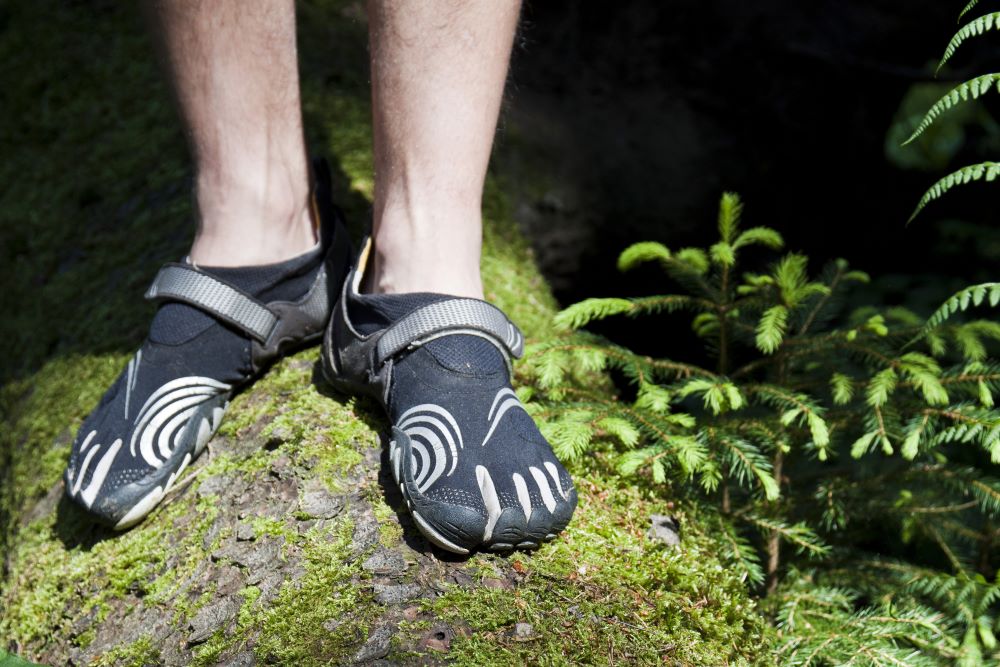For KS2 students, the journey into the world of running can be both exciting and transformative. Engaging running drills not only enhance physical fitness but also foster a lifelong love for this invigorating activity. By incorporating fun and interactive drills, educators can significantly improve students’ running techniques while keeping them motivated and enthusiastic.
Running drills for KS2 should focus on a variety of essential elements such as:
- Technique: Proper form is crucial to prevent injuries and improve efficiency.
- Speed: Short sprints can help develop quickness and agility.
- Endurance: Longer runs enhance cardiovascular fitness.
- Coordination: Exercises that promote balance and footwork are vital.
These drills are not only effective but can also be implemented in a way that promotes teamwork and camaraderie among students. By creating a vibrant atmosphere, children can enjoy the process of learning and growing together.
Visit our website to learn more and get started today! Click here.
Benefits of Running Drills for Primary School Kids

Integrating running drills into the physical education curriculum for primary school kids offers a multitude of benefits that extend beyond just physical fitness. Here are some key advantages:
- Enhances Physical Health: Regular running drills improve cardiovascular health, strengthen muscles, and boost overall endurance, laying a foundation for a healthy lifestyle.
- Improves Motor Skills: Running drills help develop coordination, balance, and agility, essential components of physical literacy that contribute to better performance in various sports.
- Builds Confidence: As children master different running techniques and improve their times, they gain self-esteem and a sense of achievement, which is crucial for their development.
- Encourages Social Interaction: Participating in running drills fosters teamwork and communication among peers, teaching kids the value of collaboration and sportsmanship.
- Promotes Mental Well-being: Physical activity, including running, is known to release endorphins, helping to reduce stress and anxiety, which can be especially beneficial for young learners.
By focusing on these aspects, running drills can create a holistic approach to fitness and well-being for primary school kids, shaping both their physical and emotional development.
Creative Running Drills to Enhance Student Engagement

Engaging students in running drills requires creativity and adaptability to keep their interest piqued and encourage participation. Here are some innovative running drills that can enhance student engagement:
- Treasure Hunt Run: Create a course where students must find hidden objects or clues as they run. This adds an element of adventure and excitement to traditional running drills.
- Relay Races: Introduce various relay formats, such as obstacle relays or themed relays where students dress up according to a theme, making the experience more enjoyable.
- Follow the Leader: In this drill, a designated leader runs ahead while others mimic their movements, incorporating fun actions like hopping or skipping, which keeps the atmosphere light and playful.
- Running Games: Incorporate games like ‘Capture the Flag’ or ‘Sharks and Minnows’ that require running and strategy, blending competition with physical activity.
- Musical Runs: Play music during drills and have students run in patterns or formations that change with the rhythm, making it a dynamic and enjoyable workout.
These creative running drills not only enhance physical fitness but also foster a love for running among students, ensuring they look forward to participating in future sessions.
How to Incorporate Running Drills into PE Lessons

Incorporating running drills into PE lessons can significantly enhance students’ fitness levels and overall enjoyment of physical activities. Here are some effective strategies to seamlessly integrate these drills into your curriculum:
- Set Clear Objectives: Begin by defining specific goals for each PE lesson, such as improving speed, endurance, or teamwork. This clarity helps students understand the purpose behind running drills.
- Warm-Up with Purpose: Use running drills as a warm-up to prepare students for the main activities. Incorporate dynamic stretches followed by light jogging to get them engaged right from the start.
- Rotate Drills: Keep the lessons fresh and exciting by rotating different running drills each week. This variation not only maintains interest but also targets various skills and fitness components.
- Group Activities: Organize students into small groups for running drills. This promotes teamwork and encourages peer motivation, making the exercises more enjoyable.
- Feedback and Reflection: After each session, provide time for students to reflect on their experiences. Discuss what they enjoyed and what they found challenging, allowing for adjustments in future drills.
By thoughtfully incorporating running drills into your PE lessons, you can create a more engaging and effective learning environment that nurtures a lifelong appreciation for fitness and running.
Tips for Encouraging Participation in Running Activities

Encouraging participation in running activities among KS2 students can be a rewarding challenge. Here are some effective tips to foster enthusiasm and commitment:
- Create a Positive Environment: Cultivate a supportive atmosphere where every student feels valued. Celebrate achievements, no matter how small, to boost confidence and encourage further participation.
- Incorporate Fun Elements: Integrate games and challenges into running activities. Fun relays, obstacle courses, or themed runs can make the experience enjoyable and motivate students to join in.
- Set Achievable Goals: Help students set personal running goals that are both realistic and attainable. This allows them to track their progress and feel a sense of accomplishment as they improve.
- Offer Variety: Introduce different types of running activities, such as trail runs, interval sprints, or fun runs. A variety of options can cater to different interests and abilities, making it more likely for everyone to find an enjoyable activity.
- Encourage Peer Support: Promote teamwork by pairing students or creating small groups for running tasks. This fosters camaraderie and encourages students to motivate one another.
By implementing these strategies, you can create an engaging and inclusive atmosphere that inspires KS2 students to participate in running activities and develop a lasting love for fitness.
Conclusion: Fostering a Love for Running in KS2
In conclusion, fostering a love for running in KS2 students is essential for their physical health and overall well-being. By incorporating engaging running drills, creating a supportive environment, and encouraging participation, we can instill a passion for fitness that lasts a lifetime. It’s important to remember that the journey to fitness should be enjoyable, allowing students to explore their abilities and discover the joy of movement. Whether through fun games, personal achievements, or social interactions, each step taken on this journey contributes to a healthier lifestyle.
Embrace the opportunity to guide young learners as they embark on their running adventures, nurturing their interests and talents along the way. To gain more insights and resources to help you in this endeavor, visit our website to learn more and get started today! Click here.


